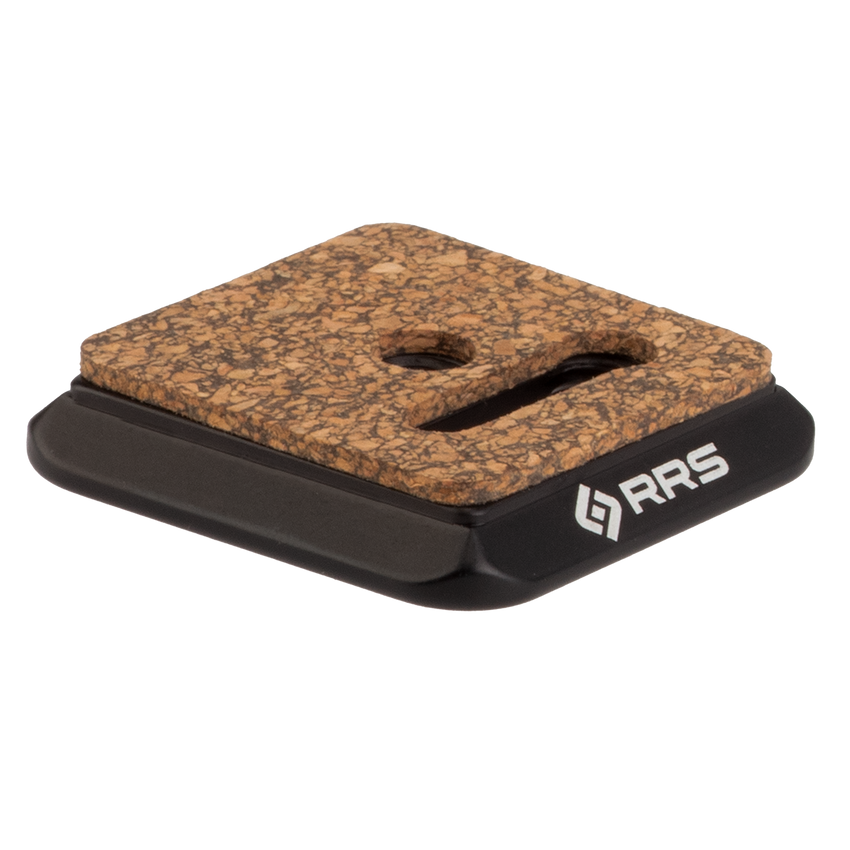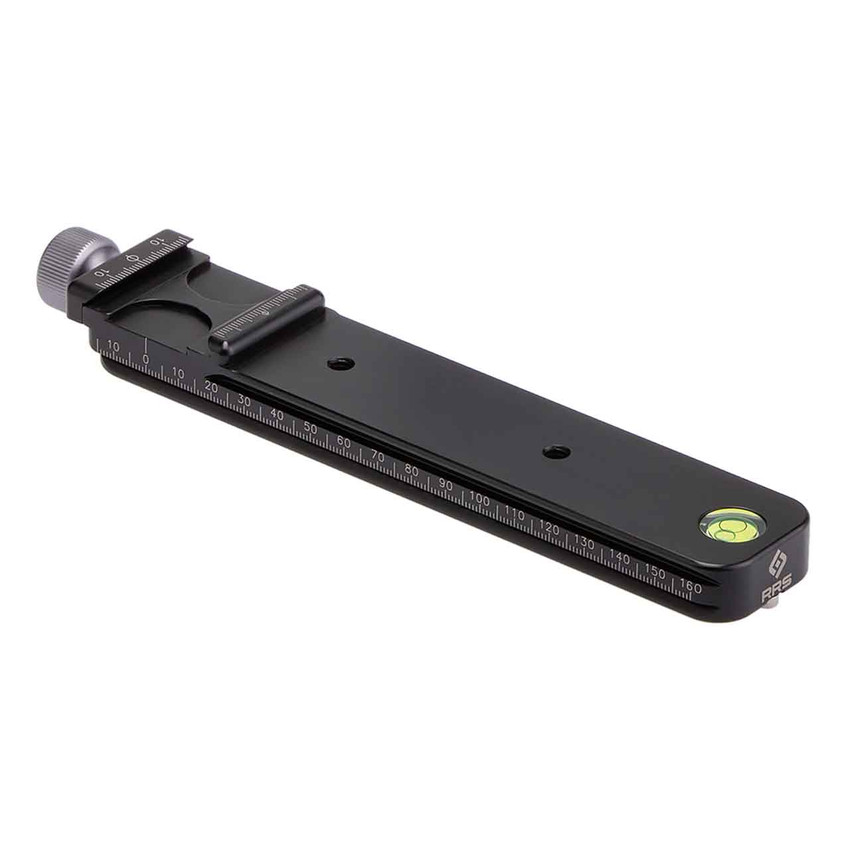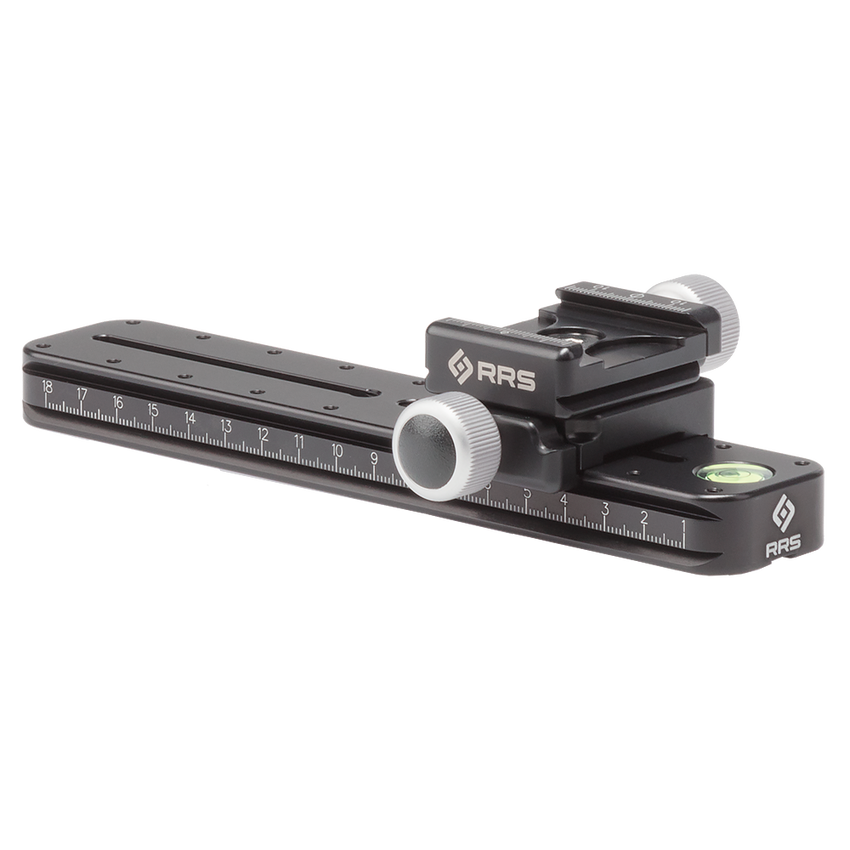All Rails
-

BPnS: Bidirectional Plate
Colors Available$50.00 -

MPR-73 3/8" Rail
Colors Available$70.00 -

MPR-C Flange
Colors Available$5.00 -

Cinema Rails
Colors Available$90.00 -

MPR-113
Colors Available$70.00 -

MPR-CL Nodal Slide Rails
Colors Available$130.00 -

192 PPP: MPR-192 Rail w/ Two Mini-Clamps
Colors Available$205.00 -

Multi-Purpose Rail 1
Colors Available$80.00 -

MPR-CL III Nodal Slide Rail
Colors Available$170.00 -

MPR Rail - 270mm / 10.6
Colors Available$105.00 -

192 DUO PACKAGE: Double Dovetail Rail w/ B-2 Duo Clamp
Colors Available$150.00 -

Multi-Purpose Rail: 192
Colors Available$90.00
